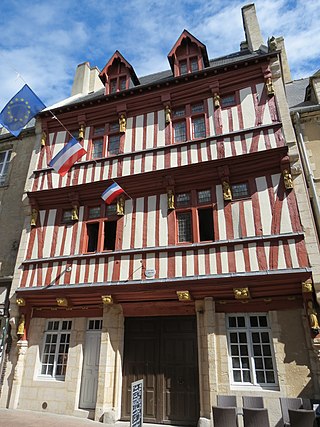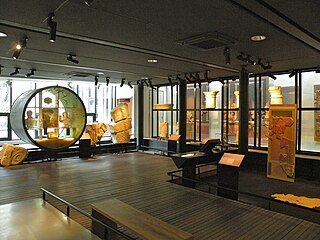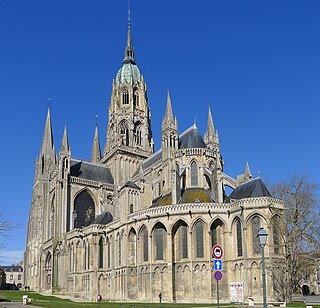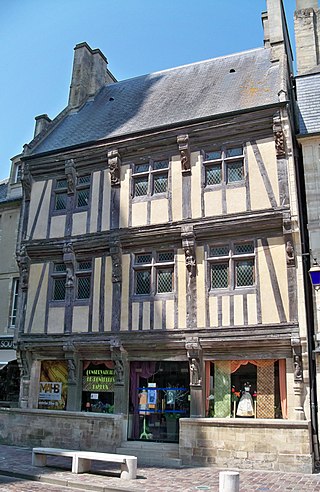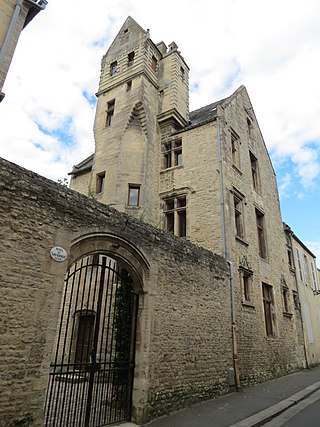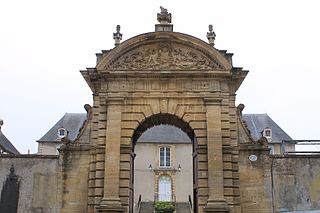Self-guided Sightseeing Tour #1 in Bayeux, France
Legend
Tour Facts
0.9 km
10 m
Experience Bayeux in France in a whole new way with our free self-guided sightseeing tour. This site not only offers you practical information and insider tips, but also a rich variety of activities and sights you shouldn't miss. Whether you love art and culture, want to explore historical sites or simply want to experience the vibrant atmosphere of a lively city - you'll find everything you need for your personal adventure here.
Activities in BayeuxIndividual Sights in BayeuxSight 1: Maison de François Ier
The Grand Hôtel d'Argouges, or Maison de François Ier, Hôtel Guérin du Fresne, Hôtel de la Madeleine, is a private mansion located in the French commune of Bayeux, in the Calvados department, in the Normandy region.
Sight 2: Musée d'Art et d'Histoire Baron Gérard
The Baron-Gérard Museum of Art and History (MAHB), which benefits from the Museum of France designation, is located in Bayeux in Normandy.
Sight 3: Cathédrale Notre-Dame-de-l'Assomption
Bayeux Cathedral, also known as Cathedral of Our Lady of Bayeux, is a Roman Catholic church located in the town of Bayeux in Normandy, France. A national monument, it is the seat of the Bishop of Bayeux and Lisieux and was probably the original home of the Bayeux Tapestry, still preserved nearby. The cathedral is in the Norman-Romanesque architectural tradition.
Sight 4: Maison d'Adam et Eve
The House of Adam and Eve is a house in the city center of Bayeux, in the Calvados department of Normandy.
Sight 5: Maison du Gouverneur
The Hôtel du Gouverneur, also known as the Governor's House, is a private mansion located in the centre of the French commune of Bayeux, in the Calvados department in the Normandy region.
Sight 6: Hôtel du Doyen
The Hôtel du Doyen is a former private mansion in Bayeux, used as an episcopal palace by the bishops of Bayeux, then of Bayeux and Lisieux during the Condordat.
Share
How likely are you to recommend us?
Disclaimer Please be aware of your surroundings and do not enter private property. We are not liable for any damages that occur during the tours.
GPX-Download For navigation apps and GPS devices you can download the tour as a GPX file.
